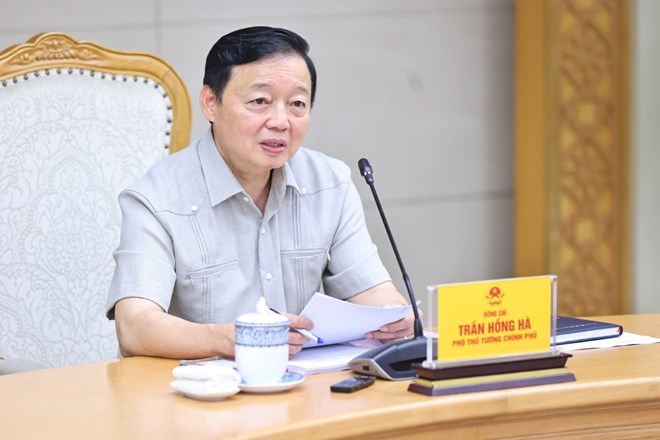
On August 28, Deputy Prime Minister Tran Hong Ha chaired a meeting with a number of ministries, branches and localities on the draft Detailed Planning for groups of seaports, ports, wharves, buoys, water areas and water regions (Detailed Planning for seaport groups); and listened to a report on the investment policy for the Saigon Gateway International Transit Port Project.
According to the Government Office , at the meeting, the Ministry of Planning and Investment reported on the Saigon Gateway International Transit Port Project in Can Gio District (HCMC) providing services related to the exploitation of container ports and seaports; with an expected scale of 571 hectares; total investment capital of about 113.5 trillion VND; divided into 7 investment phases within 22 years.
According to General Director of Vietnam National Shipping Lines Nguyen Canh Tinh, the project is considered highly feasible because the cargo output has been determined.
He suggested that Ho Chi Minh City direct solutions to ensure land allocation for projects on schedule at each stage; at the same time, develop and clearly announce criteria and conditions for attracting investment as well as issues that investors need to commit to.
Vice Chairman of the Ho Chi Minh City People's Committee Bui Xuan Cuong reported and discussed further specific issues related to planning, forest changes during project implementation, and traffic connectivity issues of the project; capital mobilization and allocation to implement project components.
The Ho Chi Minh City People's Committee affirmed and committed that the detailed assessment of the environmental impact of the port project will be carefully studied and evaluated during the project feasibility study report preparation step according to environmental laws, ensuring no impact on the Can Gio Mangrove Biosphere Reserve.
Requirements for investors on modern, environmentally friendly exploitation technology, ensuring that the investment, construction and exploitation process of the port does not affect the ecological environment, especially the Can Gio mangrove biosphere reserve, will be studied and developed to select investors to build the port.
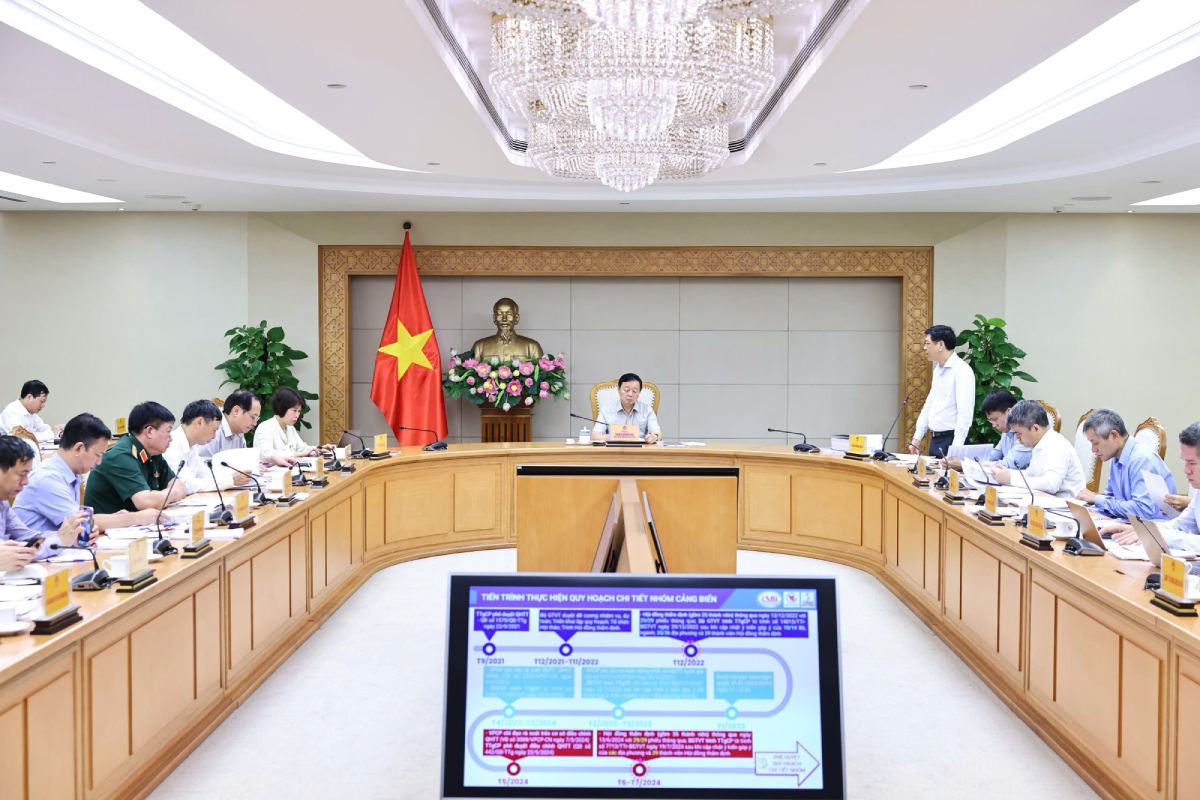
Concluding the meeting, Deputy Prime Minister Tran Hong Ha assigned the Ministry of Planning and Investment to coordinate with relevant ministries, branches, and the Ho Chi Minh City People's Committee to review the project's consistency and consistency with related planning, and promptly complete all documents to conduct appraisal and request approval of the investment policy.
Continue to clarify specific objectives in each phase, "project life cycle" in accordance with legal regulations; add requirements and orientations on modern technology transfer...
"The design of the Saigon Gateway International Transit Port must be synchronous, comprehensive, and detailed for 7 investment phases, clearly defining the locations of functional areas, resolving relationships with other seaport clusters, shared infrastructure, connecting infrastructure, human resource training, etc.," the Deputy Prime Minister noted.
The Deputy Prime Minister stated, "do not ignore or sacrifice the environment", ensure overall and harmonious benefits, and avoid conflicts with other projects.
The project must contribute to the goal of developing a number of seaports that are competitive internationally and regionally; finding investors with technological, human, and management capabilities, etc.; attracting major shipping lines in the world; and having a roadmap to transform into green seaports with accompanying infrastructure.
Source: https://laodong.vn/thoi-su/danh-gia-toan-dien-cang-trung-chuyen-quoc-te-cua-ngo-sai-gon-1386234.ldo


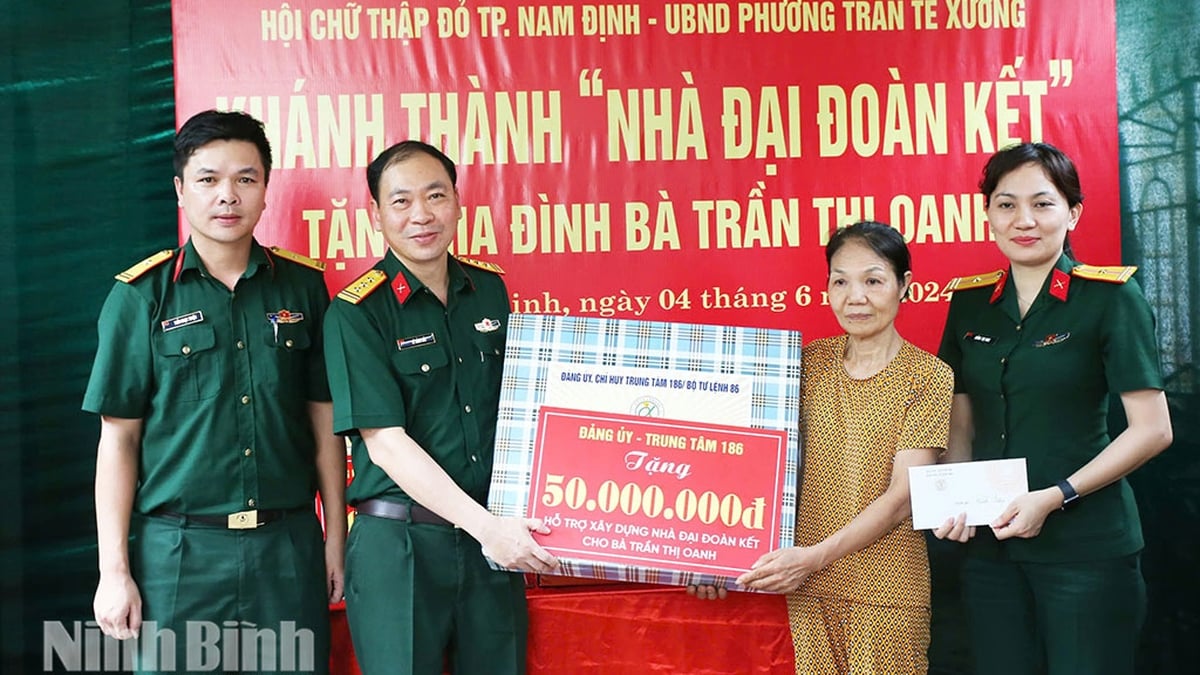
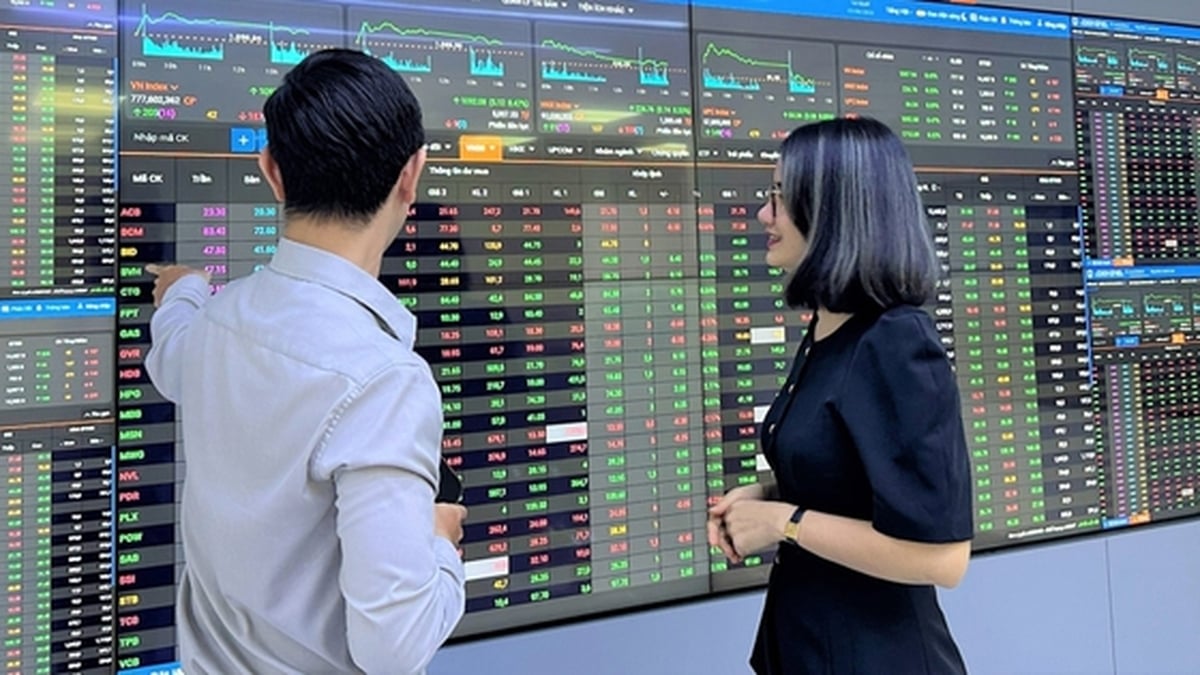
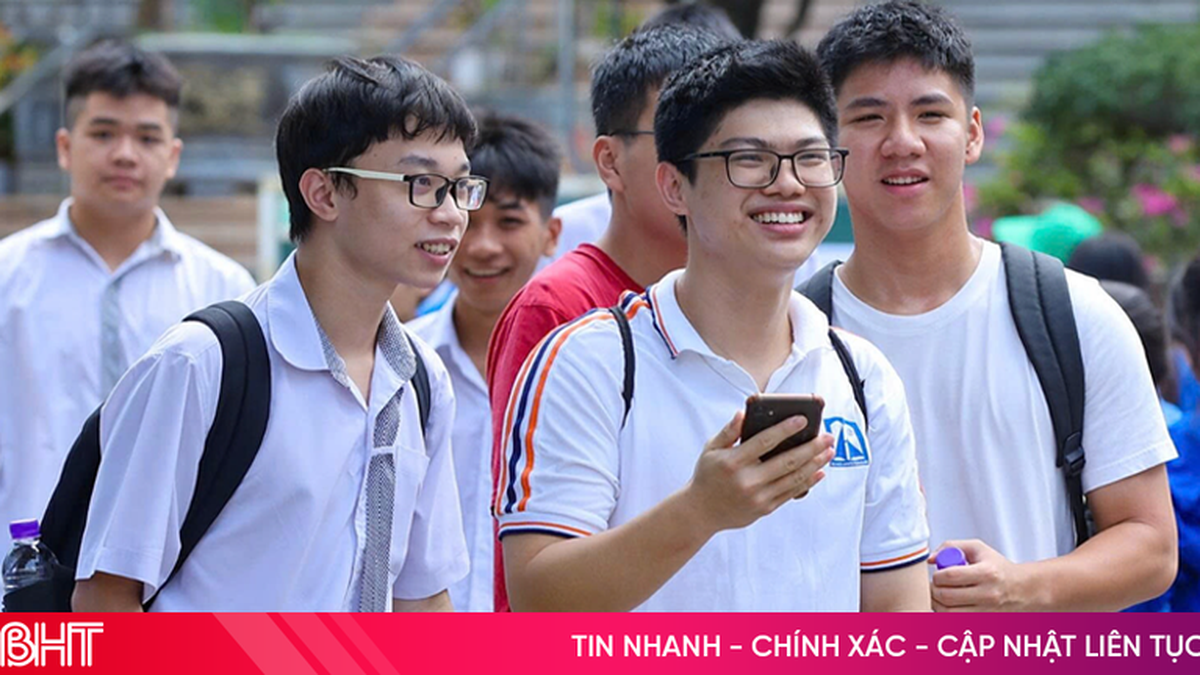

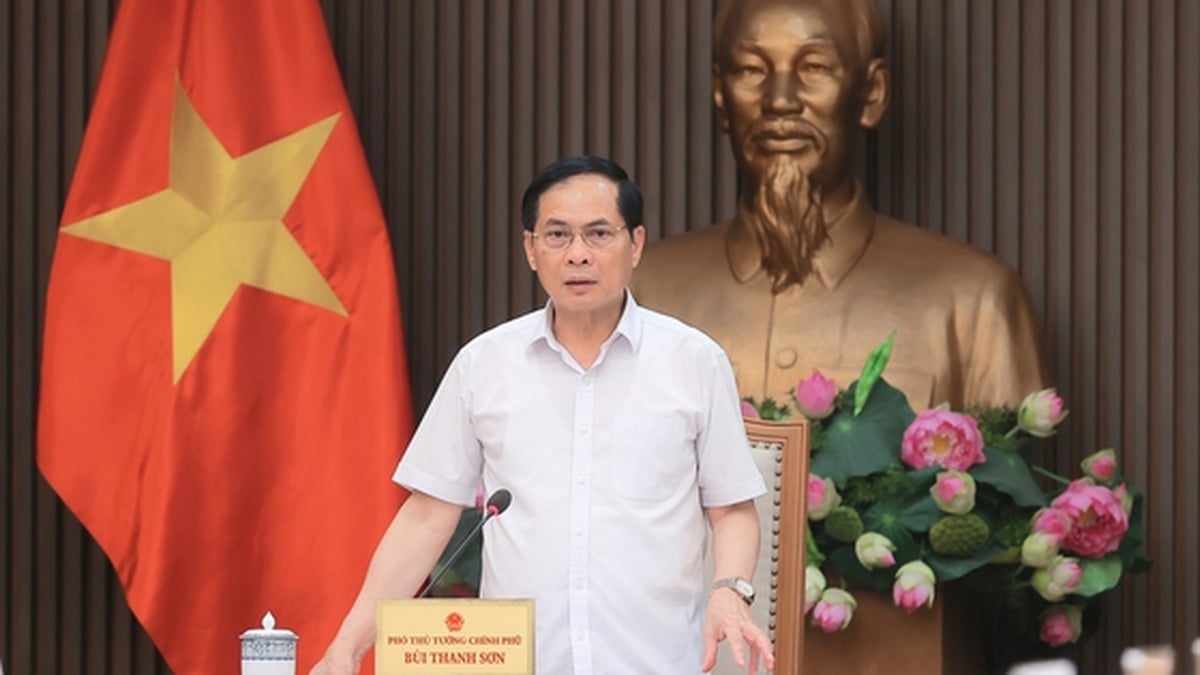
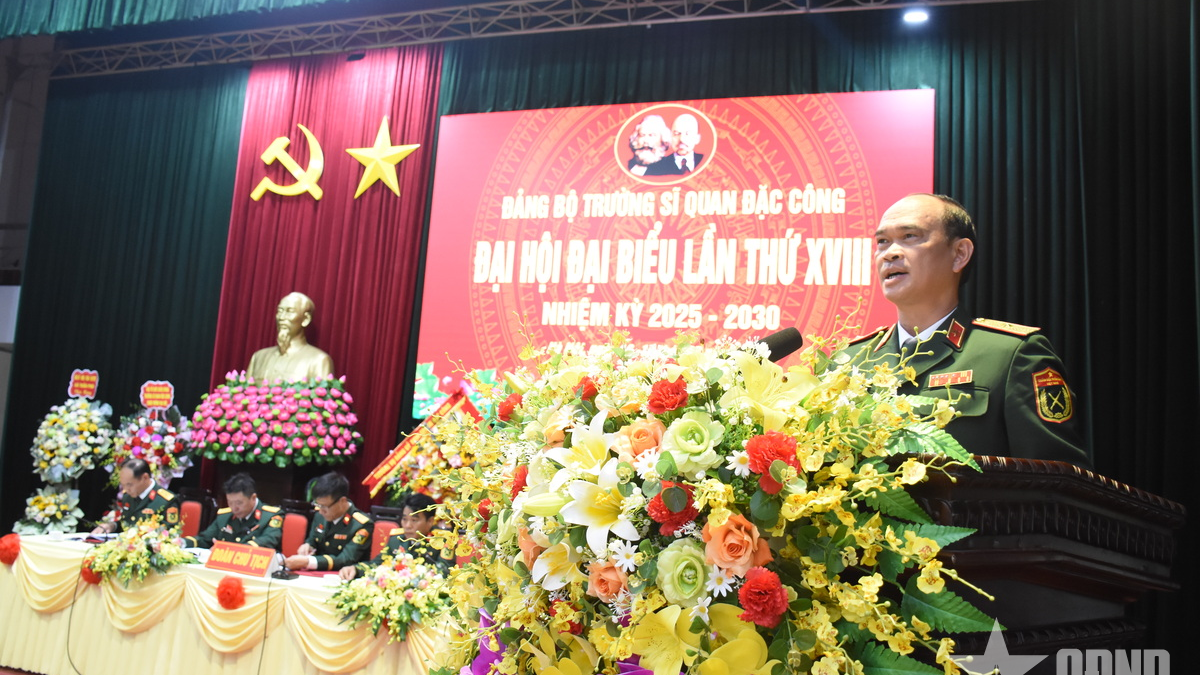
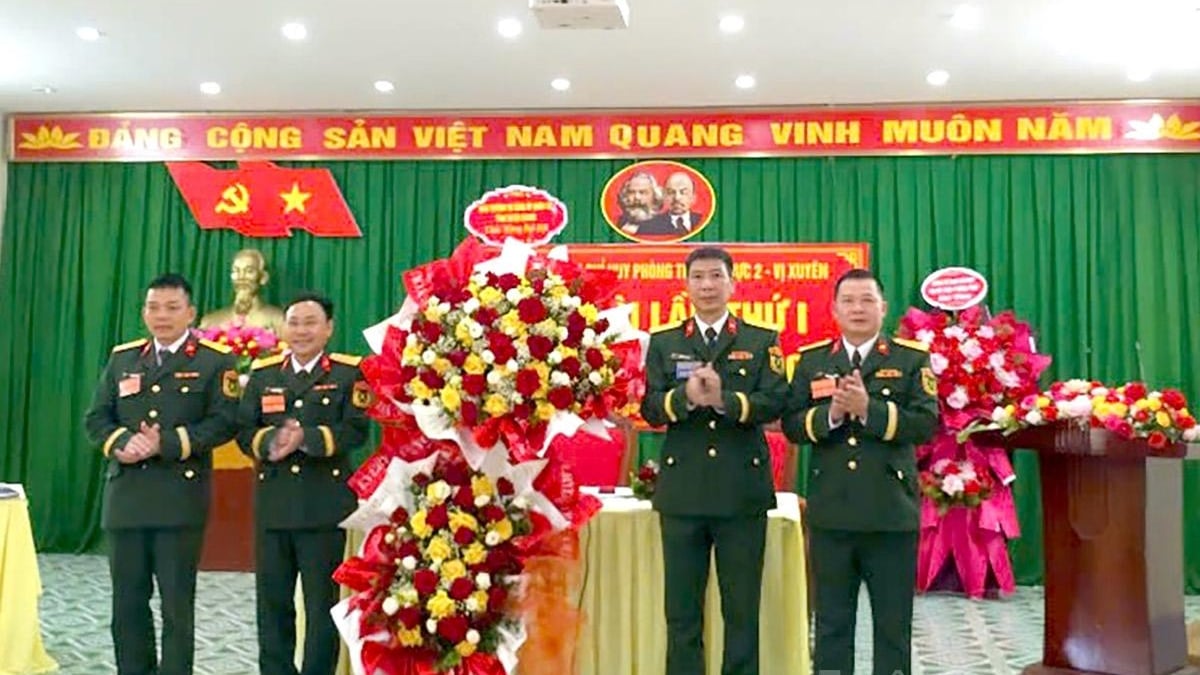
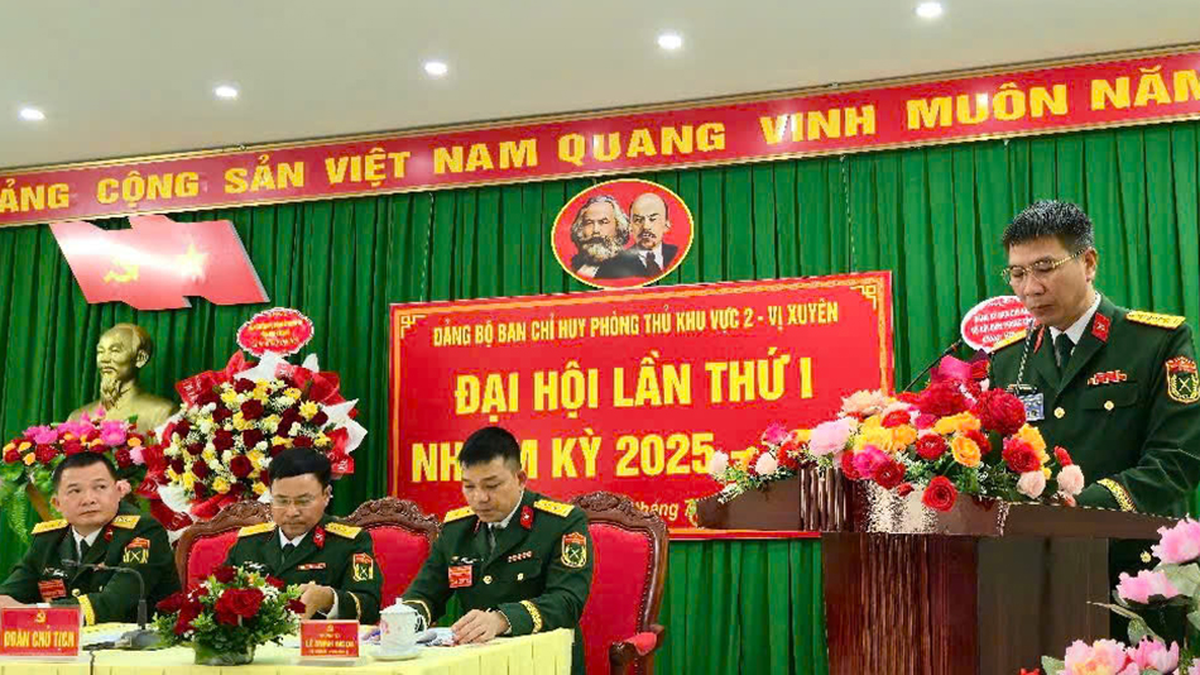
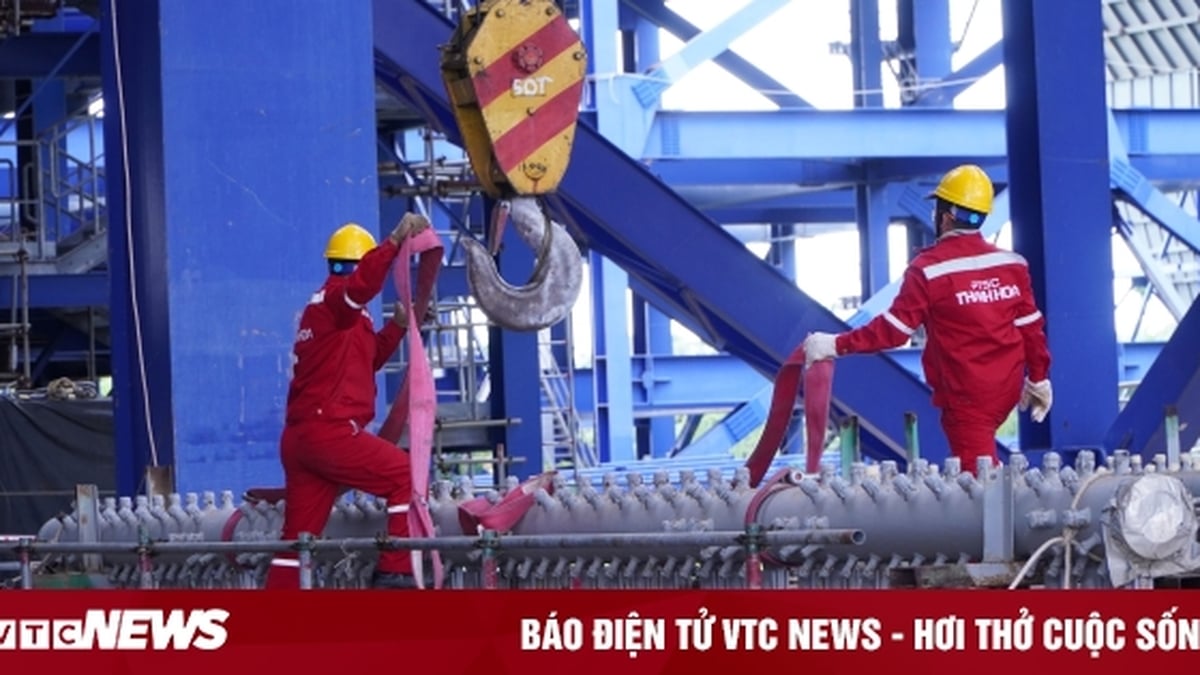
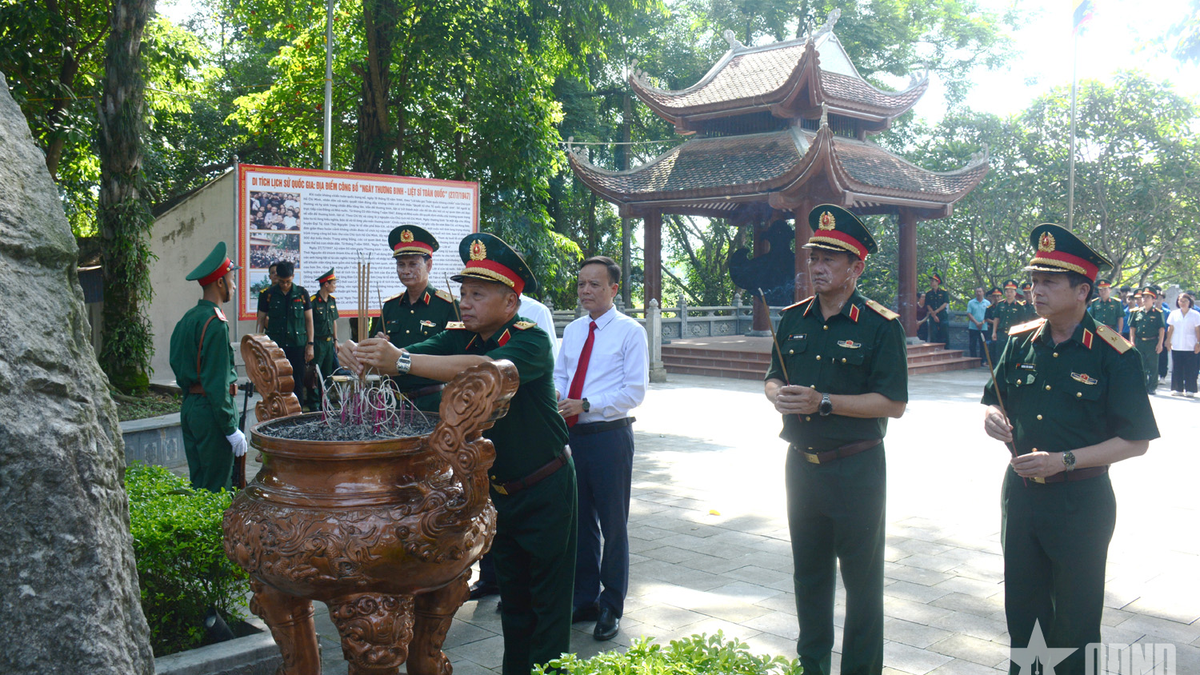













































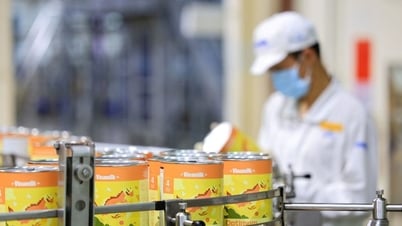








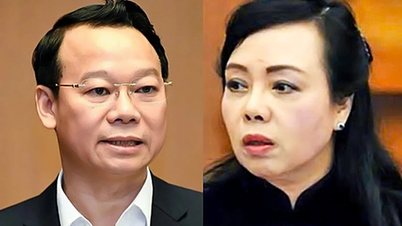
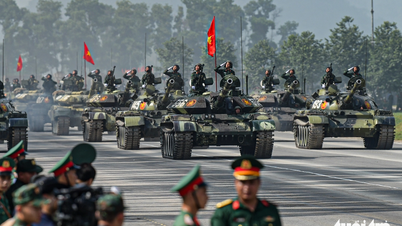




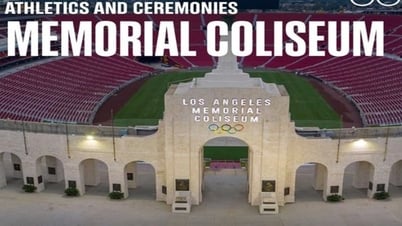

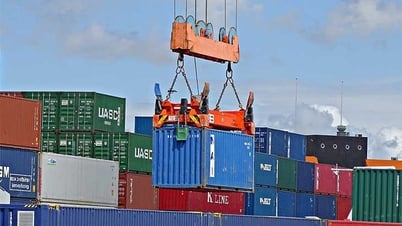

























Comment (0)